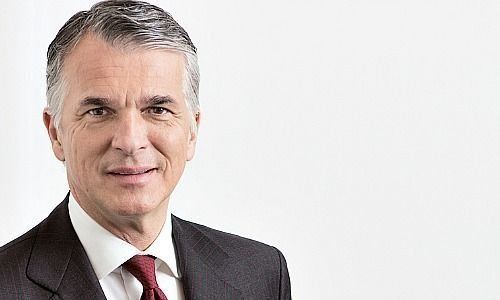
Two-thirds of wealth management growth at Credit Suisse has come from increased revenue from existing clients – an assertion supported by the flat headcount in Asia if we assume that a bank needs more relationship managers to chase more new clients.
Substantial Cross-Selling Revenues
Thiam speaks extensively of how Credit Suisse’s capital market expertise – in the form of derivatives amongst other products – has translated into substantial cross-selling revenues for the bank.
As have its efforts to bring transparency to the investment process by allowing clients to benchmark what it has delivered across asset classes and markets against rivals (through its Canopy service). As a result of the former, private clients now have several touch-points across the bank. As a result of the latter, fee-based income has grown. Both lead to «stickier revenues».
Old Blue Print for Success
The model is counter-intuitive to banks looking to create scale across a «production line of bankers and clients», says an industry veteran and he could bet talking about almost any of the Top Five banks in the region with the exception of Credit.
«It is an old blueprint for success,» he explains, which worked when an average of 40 percent of client assets moved every time a banker switched platforms. Stringent KYC and longer account-opening cycles, as well as a rapidly-crowding market, have broken that model down and, the Credit Suisse-model which is light on headcount growth may well be the new paradigm.
Ultimate Harbinger
Eventually though, whether assets grow because of a surge in new clients or because of more money from the same old clients, a bank’s assets under management (AuM) is too many the ultimate harbinger of its health.
Credit Suisse had net new asset inflows every quarter of 2018, so not surprisingly, total net new assets at the bank grew 49 percent year on year.
Not Anomalous
Wealth Management-related businesses attracted $34.2 billion of net new assets for the year – an annualized growth rate of 9 percent in APAC Private Banking, 4 percent in its international wealth division and 1 percent from private clients within its Swiss Universal Bank. And the growth is not anomalous – wealth management related revenues in Asia have grown at 5 percent CAGR since 2015.
Compare this to the 8 percent contraction for the market as a whole in Asia as well and the staggering $13 billion in outflows for the year at rival UBS, $7.9 billion of which left the private bank.
Clearly Not Satisfactory

Perhaps UBS CEO Sergio Ermotti (pictured above) put it better than anyone else could, when he referred to the lack of fireworks in the AuM department and said: «The overall results for the year are clearly not satisfactory, to meet our goals we need to intensify efforts to attract and retain higher portions of our current and prospective clients.» Yes, that would be a good idea, even if it isn't a new one.
Credit Suisse stock has not reacted to Thiam’s endeavors the way he may have hoped it would – it languishes far below book value despite the mood at the bank’s offices were «celebratory» according to one employee. But by definition, a market is only as effective as how far it discounts.
Every Single Cost...
So I for one will look beyond the price movement – or lack thereof – when signing off on Thiam’s scorecard and fall back on what he said instead – «every single cost and capital target set in 2015 has been achieved».
- << Back
- Page 2 of 2




















